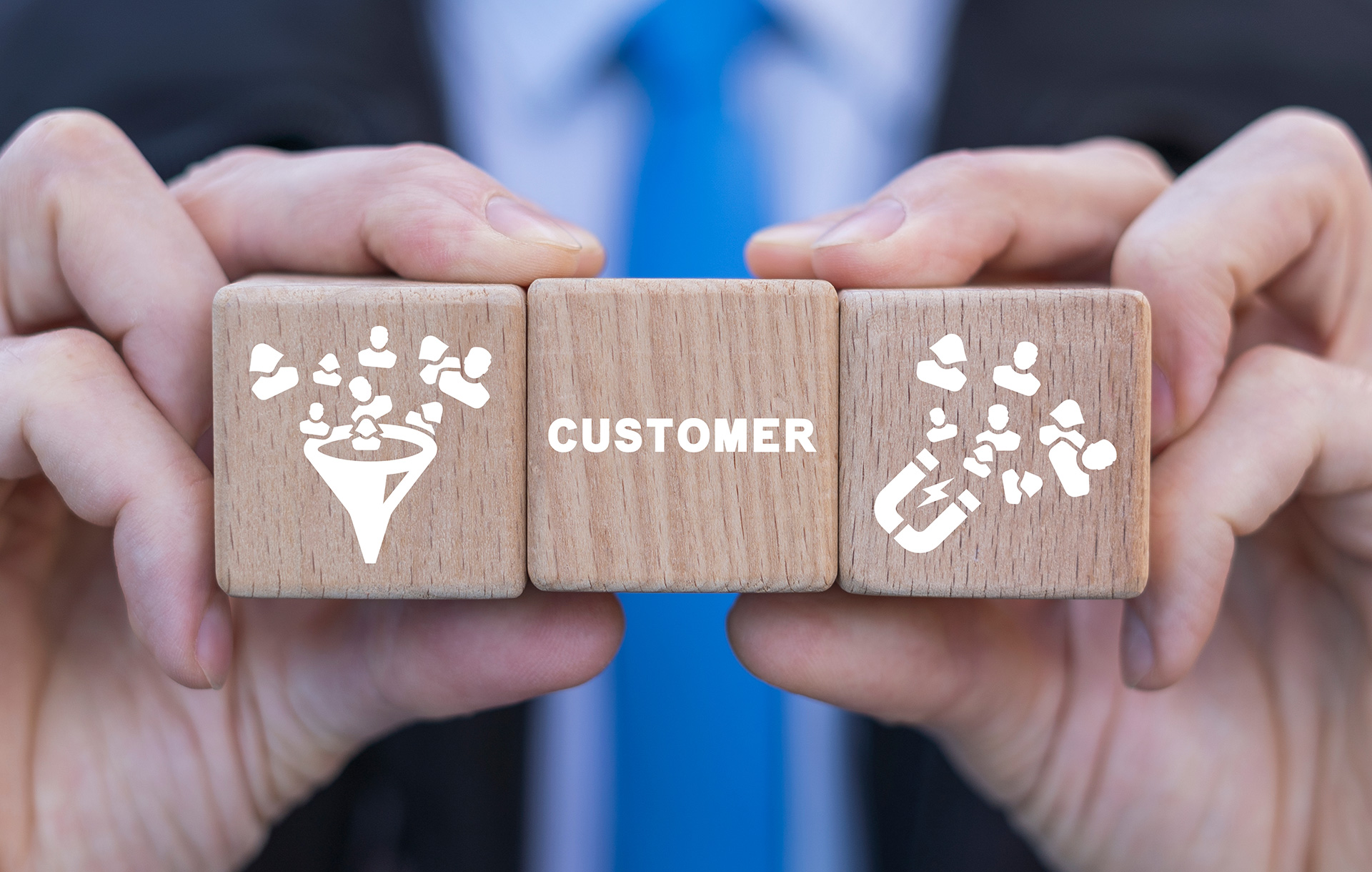How a Strong Brand Identity Creates a Cohesive and Positive User Experience?
When you visit a website or open an app, what’s the first thing you feel?
It’s more than just the design that hits you – it’s the overall vibe, the sense of the brand’s personality!
This is brand identity at work, shaping the very first interaction between you and a business.
But how does this link with user experience? Well, if your brand identity is off, it doesn’t matter how smooth the functionality is; users will feel disconnected.
A strong brand identity drives not only how you look but also how users experience every interaction with your brand, be it on your website, social media, or through customer service.
Let’s not sugarcoat it; building a strong brand identity is hard work. It requires thought, strategy, and an understanding of your audience. But when done right, it can be the difference between a forgettable brand and one people want to engage with.
In fact, consistent branding has been shown to increase revenue by up to 23%, a stat that speaks volumes about the tangible impact it can have.
So, how does it all come together? Let’s explore the connection between branding and user experience in more depth.
The Power of Brand Identity in Shaping User Experience
What Is Brand Identity, and Why Does User Experience Matter?
Let’s break it down a bit. Brand identity is everything that represents your business visually and emotionally. Think about the Apple logo or Nike’s “Just Do It” slogan – those are examples of brand identity.
But it’s more than just a logo or a catchy tagline. It’s the personality your business conveys through every single touchpoint: your tone of voice, the images you use, your typography, even the way your website buttons look.
Together, these elements form a brand identity that communicates who you are and what you stand for.
Now, why does this matter for user experience? Because user experience (UX) is how someone interacts with your brand, and it goes beyond just functionality. It’s about the emotions your website, app, or product evokes in your users.
The easier, more intuitive, and enjoyable that experience is, the more positively your audience will feel about your brand.
The Link Between Brand Identity and User Experience
You might be thinking: “Can’t we just focus on making the user experience smooth and simple?” Yes, UX should definitely be intuitive. But when branding and UX work together, they elevate each other to create something memorable.
Here’s an example: imagine your brand is fun, quirky, and youthful. Your website needs to feel like that – we’re talking bright colours, playful language, easy navigation…
If the design or language feels too corporate or cold, it throws off your users. The same applies in reverse. If you’re a luxury brand with a premium identity, but your website is clunky and unpolished, it can feel jarring.
The key is consistency. When your brand identity in web design is aligned with your UX, you create a seamless, familiar experience for users. This consistency builds trust.
According to research, 38% of people will stop engaging with a website if the layout is unattractive, which underscores how vital the connection between brand identity and UX truly is.
The Importance of a Strong Brand Identity in Web Design
Your website is often the very first interaction users will have with your brand, so it’s crucial that your brand identity shines through in your web design. But it’s not just about looking good; it’s about creating a meaningful, intuitive experience that reflects who you are. This is where emotional design strategies come into play.
Colours, Typography, and Layout – More Than Just Design Elements
Colours
Think about the emotions you want to evoke. Colours have psychological power, and your choice should reflect the tone of your brand. Applying colour psychology, a vibrant, youthful brand might use bold and bright colours, while a calming, premium brand might choose neutral tones.
Red – Energy, Passion, Urgency
Red grabs attention and evokes strong emotions. It’s perfect for brands that want to convey excitement, urgency, or passion. It’s often used to stimulate quick decisions, which is why you see it in clearance sales and fast-food brands.
Blue – Trust, Calm, Professionalism
Blue is often associated with trust and dependability, making it a go-to for financial institutions, healthcare, and technology companies. It also has a calming effect, which is why it’s widely used in industries where reliability and professionalism are key.
Green – Growth, Health, Tranquility
Green represents nature, growth, and health, making it ideal for eco-friendly and wellness brands. It’s also easy on the eyes and has a calming effect, which can create a sense of peace and balance in your branding.
Yellow – Optimism, Happiness, Warmth
Yellow is the colour of sunshine and evokes feelings of optimism and positivity. It’s often used to grab attention and inject a sense of fun and playfulness into the brand, but be careful; it can also be overwhelming in large doses!
Purple – Luxury, Creativity, Ambition
Purple is associated with royalty, luxury, and ambition. It’s often used by brands that want to be seen as high-end, creative, or unconventional. Purple also evokes a sense of mystery and imagination.
Black – Sophistication, Power, Elegance
Black is bold, sleek, and sophisticated. It’s a great choice for luxury brands or those who want to convey a sense of power and exclusivity. It’s also versatile and works well as a complementary colour to make other hues stand out.
Orange – Confidence, Cheerfulness, Energy
Orange blends the energy of red and the warmth of yellow. It’s often used to create a sense of excitement and enthusiasm. Brands that want to be seen as adventurous or fun often incorporate orange into their identity.
Pink – Compassion, Playfulness, Feminine Energy
Pink is soft, compassionate, and often associated with femininity. Depending on the shade, it can range from playful and youthful (hot pink) to elegant and calming (blush pink). It’s a popular choice for brands targeting a younger or female audience.
White – Simplicity, Cleanliness, Modernity
White represents purity, simplicity, and modernity. It’s a great choice for minimalist brands or those wanting to emphasise cleanliness and space. Used as a background, it can help other colours stand out more prominently.
Brown – Stability, Reliability, Earthiness
Brown is grounding and evokes a sense of reliability and comfort. It’s commonly used in brands related to nature, agriculture, and handcrafted goods. It gives off an earthy, trustworthy vibe that feels grounded and wholesome.
Typography
Fonts do more than just make your website readable; they communicate personality. A tech-forward brand might opt for modern, clean typography, while a creative, playful brand might experiment with more unusual, bold fonts.
Layout
How users navigate your site matters. A chaotic or overly complicated layout can frustrate users. Your layout should guide users through their journey seamlessly, mirroring the clarity and purpose of your brand identity.
Is your brand professional and polished? Or maybe it’s more approachable and fun? Your web design choices need to be a reflection of that identity. If your brand speaks to a professional audience, your site should be sleek, organised, and easy to navigate. If you’re targeting a younger demographic, you might want to experiment with more dynamic, bold visuals.
The point is that your website’s design should tell your brand’s story before a single word is read. Every element should reflect who you are. And when that happens, your users aren’t just interacting with a website; they’re connecting with your brand.
Effective Design Practices for Building a Strong Brand Identity
So, how can you make sure your brand identity is shining through in every pixel? Let’s get practical.
1. Consistency Across Platforms
The first step brand identity designers will take is to ensure everything feels cohesive.
Your website, social media, email newsletters, and even offline materials should all look and feel like they come from the same place.
It’s not just about matching colours or fonts – it’s about creating a unified experience that speaks to your brand at every turn.
2. Simplicity and Clarity
Overloading users with too many design elements is a classic mistake.
Keep it simple.
When in doubt, strip it back. A minimalist approach allows your core brand values to stand out and makes the user’s journey smoother.
Remember, 88% of online consumers are less likely to return to a site after a poor user experience, so don’t complicate things.
3. Accessibility Is Key
Don’t forget about accessibility. A great user experience means everyone can enjoy it, regardless of disabilities or limitations.
Design your website with accessibility in mind by using alt-text for images, ensuring high contrast between text and background, and designing mobile-first.
After all, brand identity isn’t just about looks – it’s about inclusivity and ease of use.
4. Emotion-Driven Design
Your design should evoke emotion.
If your brand is about excitement, your site should reflect that with bold colours, dynamic layouts, and active language.
If your brand is all about trust and reliability, your design should communicate that sense of security and professionalism through clean lines, neutral tones, and straightforward navigation.
How Brand Identity Drives Positive User Experience
So far, we’ve talked a lot about design, but let’s go deeper. How does your brand identity actively drive a positive user experience?
Builds Trust
Trust is huge online. When users visit your site and see a cohesive, well-thought-out design that reflects your brand values, it builds trust.
And trust leads to conversions, loyalty, and advocacy.
Inconsistent branding, on the other hand, can make your audience second-guess your professionalism and reliability.
Fosters Familiarity
When people recognise your brand identity across different platforms, whether it’s your website, social media, or even an email newsletter, it breeds familiarity.
And as leading UX designers and marketers will tell you, familiarity leads to comfort!
When users feel comfortable with your brand, they’re more likely to return, explore, and engage.
Drives User Satisfaction
A strong brand identity doesn’t just make your website look good; it makes users feel good.
When everything flows and feels familiar, users don’t have to think too much. They can just enjoy the experience, leading to higher satisfaction and positive sentiment.
Ask yourself: are you making it easy for users to feel connected to your brand? If not, you’re leaving valuable opportunities for engagement on the table.
Key Metrics for Measuring Brand Identity’s Impact on User Experience
So, how do you know if all your hard work is paying off? Here are a few metrics to keep an eye on:
- Bounce Rate – A high bounce rate can indicate a disconnect between your brand identity and the user experience. If users land on your site and quickly leave, it’s a red flag that something isn’t resonating.
- Session Duration – This measures how long users are sticking around. A strong brand identity that resonates with your audience should keep them engaged for longer periods.
- Conversion Rate – Whether it’s signing up for a newsletter, making a purchase, or downloading a resource, a solid brand identity can increase conversions. A seamless, cohesive experience builds trust, and trust drives action.
- Customer Feedback – Don’t ignore direct feedback. Whether it’s through surveys, reviews, or user testing, pay attention to what your customers are saying. Are they commenting on how intuitive and enjoyable the experience was? That’s a sign your brand identity is resonating.
- Repeat Visitors – Loyalty is a huge indicator that your brand identity is working. When users come back time and time again, it shows that your brand has made a lasting impression.
Crafting an Unforgettable Brand Identity
Ultimately, your brand identity is the thread that ties everything together. It’s the way your business looks, sounds, and feels. But more than that, it’s how your users experience everything you do. A strong brand identity can transform a simple website visit into a meaningful connection, and that’s where the magic happens.
Are you ready to elevate your brand identity and create a user experience that keeps people coming back? If you want to work with the best UX agency in London, contact Appnova today to get started! We’ve helped many brands to build their brand identity and craft a positive user experience.
Subscribe To Us
Our Services
Categories
Subscribe To Us
Contributors
Categories

This website uses cookies so that we can provide you with the best user experience possible. Cookie information is stored in your browser and performs functions such as recognising you when you return to our website and helping our team to understand which sections of the website you find most interesting and useful. Third party cookies such as Google Analytics is also used on this site to provide analytics in order to better understand the user engagement on our site.
You can adjust all of your cookie settings by navigating the tabs on the left hand side.
Strictly Necessary Cookie should be enabled at all times so that we can save your preferences for cookie settings.
If you disable this cookie, we will not be able to save your preferences. This means that every time you visit this website you will need to enable or disable cookies again.







0.Comments